How to Record Video on a Mac: A Step-by-Step Guide
Learn how to record video on your Mac with this easy-to-follow step-by-step guide! Get up and running quickly with this helpful tutorial.
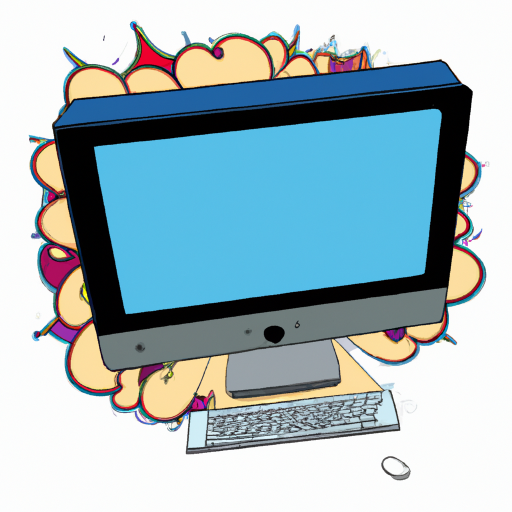
Step 1: Choose a Recording Application
One of the first steps to recording video on a Mac is to choose a recording application. There are several choices available, each offering different features and capabilities. Some of the most popular options include QuickTime Player, iMovie, ScreenFlow, and Camtasia. Each of these applications offers different features and benefits, so it is important to consider your needs before making a selection.
QuickTime Player is the most basic recording application available for Mac. It is included with all Macs and offers basic recording capabilities such as capturing video, editing clips, and exporting videos. This is the perfect choice for those who want a basic recording application.
iMovie is a more advanced recording application that is available for free with all Macs. It offers a variety of features, including drag-and-drop editing, powerful audio and video effects, and support for 4K resolution. This is an ideal choice for those who want to record more professional-looking videos.
ScreenFlow is a paid recording application that offers a wide range of features, including the ability to record multiple sources, add annotations, and export in multiple formats. This is a great choice for those who need more advanced features.
Camtasia is another paid recording application that offers a wide range of features, including advanced editing capabilities, annotations, and the ability to export in multiple formats. This is the perfect choice for those who need the most advanced features available.
Step 2: Set up the Recording Environment
Once you have chosen a recording application, the next step is to set up the recording environment. This includes setting up the recording device, such as a camera or microphone, as well as any other equipment that is needed, such as lights or a tripod.
If you are using a camera to record video, connect it to your Mac using the appropriate cables. If you are using a microphone, plug it into your Mac via the appropriate port. If you are using a tripod, make sure it is set up and properly secured.
Once all of the equipment is set up and connected, you should also adjust the settings on the recording device. This includes setting the resolution and frame rate, as well as any other settings that may be necessary.
Step 3: Start Recording
When you are ready to start recording, open the recording application and select the recording device. If you are using a camera, you should select the camera. If you are using a microphone, you should select the microphone.
Once the device is selected, you can begin recording by clicking the record button. You can also adjust the settings of the recording device, such as the resolution or frame rate, by clicking the settings button.
Step 4: Edit and Export the Video
Once you have finished recording, you can edit the video using the editing tools in the recording application. This includes trimming the video, adding annotations, and applying effects.
When you are happy with the edited video, you can export it to a variety of formats, such as MP4, MOV, or AVI. You can also upload it to YouTube or other video-sharing websites.
Conclusion
Recording video on a Mac is relatively simple and can be done using a variety of recording applications. The first step is to choose an appropriate recording application, such as QuickTime Player, iMovie, ScreenFlow, or Camtasia. The next step is to set up the recording environment by connecting the recording device and adjusting the settings. Once that is done, you can start recording by clicking the record button. Finally, you can edit the video and export it in a variety of formats.
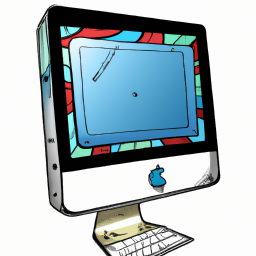
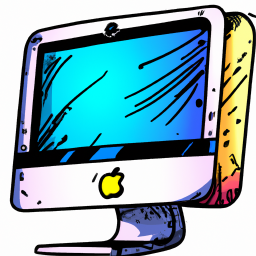

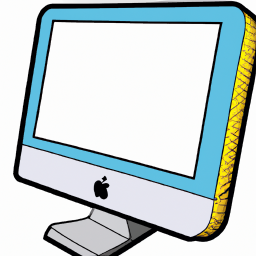
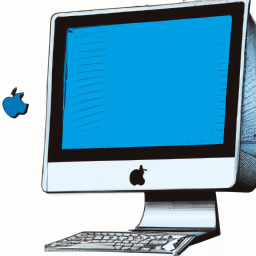
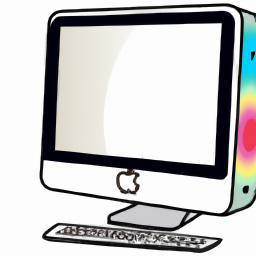
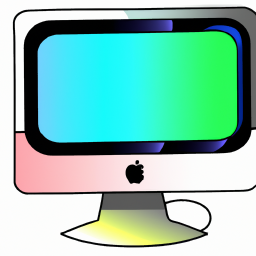
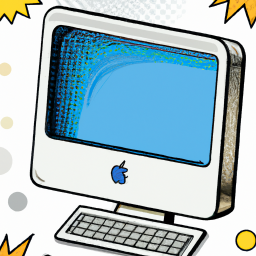
Terms of Service Privacy policy Email hints Contact us
Made with favorite in Cyprus